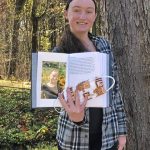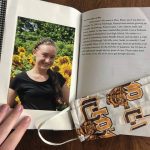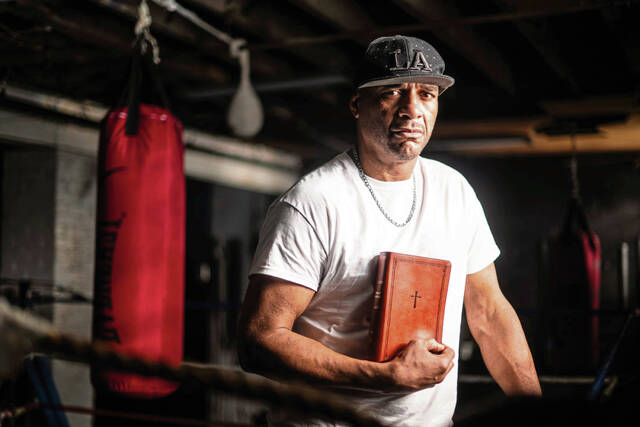Mary Planic is hopeful her journal will one day help people researching the coronavirus pandemic.
Planic, a 15-year-old sophomore at Hempfield Area High School, created the journal of day-to-day life starting when stay-at-home orders were issued by Gov. Tom Wolf this spring to help curb the spread of the virus. She wrote in it from March 13 to Sept. 13, recording daily covid-19 numbers along with milestones, such as restarting school this fall.
The journal, along with a handful of face masks Planic made, were recently submitted to the Senator John Heinz History Center as part of the Strip District museum’s efforts to collect materials from the region’s residents to show the local response and experience of the pandemic.
“I’m super excited,” Planic said. “As someone who studies a lot of history, I’m glad to know that my experiences will be beneficial in the future.”
Planic came up with the idea while researching the 1918 influenza that killed about 50 million people worldwide. During her research, she realized she was reading a lot of primary documents and newspapers, but nothing that highlighted what day-to-day life was like for the average person.
Realizing that she had the opportunity to show what life was like for her family during the coronavirus pandemic, Planic started her own journal.
“Since I live in the digital age, there are probably a ton of primary resources for the covid-19 pandemic, but I’m here to offer additional insight and my point of view,” the first page of her journal reads. “Please enjoy these little blurbs of my life as we try to get through this time.”
Her journal touches on life with her parents, Elaine and John, as well as with her 12-year-old sister, Sarah. She also talks about returning to school this fall through a hybrid model of learning and describes scenes such as the cafeteria, which is filled with almost 200 desks to promote social distancing.
Shortly after starting her journal, Planic learned officials at the Heinz History Center were looking for materials related to the pandemic.
“I emailed them and I’m like, ‘Hey, I have this journal and a handful of masks, would you be interested?’ And they were like, ‘Yes, of course. How on earth did you think this far ahead and start journaling in March? The rest of us are so confused by everything with the state of the world and here you are with a hand-bound journal.’ So they found it pretty cool,” she said.
According to Planic, the journal will not immediately go on display; rather, it will go into the archives, which the public will be able to access for research. The masks will go to a different division that focuses on artifacts from specific time periods. Planic noted that the journal can be used for genealogy searches in the future.
“It’s just very interesting to think about yourself as a piece of what will eventually go in history books,” she said.











